
As always, potential spoilers ahead.
After another five-year hiatus, Anderson returns in top form with The Master. Starring Joaquin Phoenix, Philip Seymour Hoffman, and Amy Adams, the film follows Freddie Quell (Phoenix), a World War II Navy veteran struggling to adjust to a post-war society, who meets Lancaster Dodd (Hoffman), the leader of a religious movement/cult (take your pick) known as The Cause. Dodd sees something in Quell and accepts him into the movement. Quell likes The Cause and begins traveling with Dodd’s family to spread his teachings. According to Wikipedia, the film has many inspirations, including: early drafts of There Will Be Blood, the novel V. by Thomas Pynchon, John Huston’s documentary Let There Be Light about WWII veterans with PTSD, drunken Navy stories that Jason Robards had told to Anderson while filming Magnolia, and the life story of author John Steinbeck. The biggest inspiration, however, clearly is the story of Scientology founder, L. Ron Hubbard.
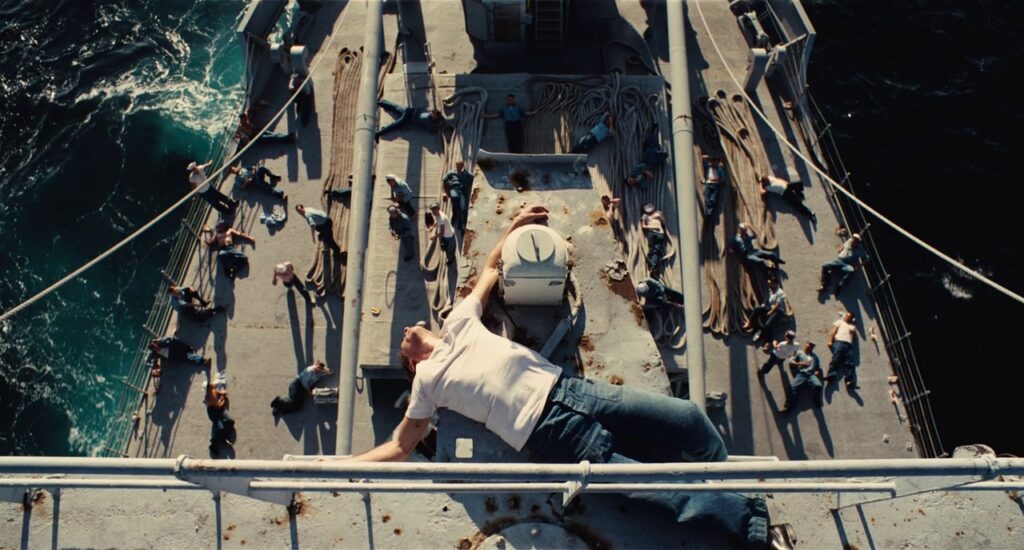
Like There Will Be Blood, Film Streams showed The Master in 35mm film. I was surprised at the aesthetic. The film proudly showed off scratches, black spots, and the occasional jump cut within the frame. This has to be unique to the film print because I do not remember this style while watching the film on digital. In my research, I discovered that the film was shot in 65mm and displayed in 70mm. It was the first mainstream film to do so since Kenneth Branagh’s Hamlet in 1996. Perhaps the scratches and overall visual aesthetic result from the film being transferred to 35mm from 70mm? Or maybe it was Anderson’s choice? I’m not sure, but I did appreciate the novelty. It didn’t distract me like I initially thought it would.
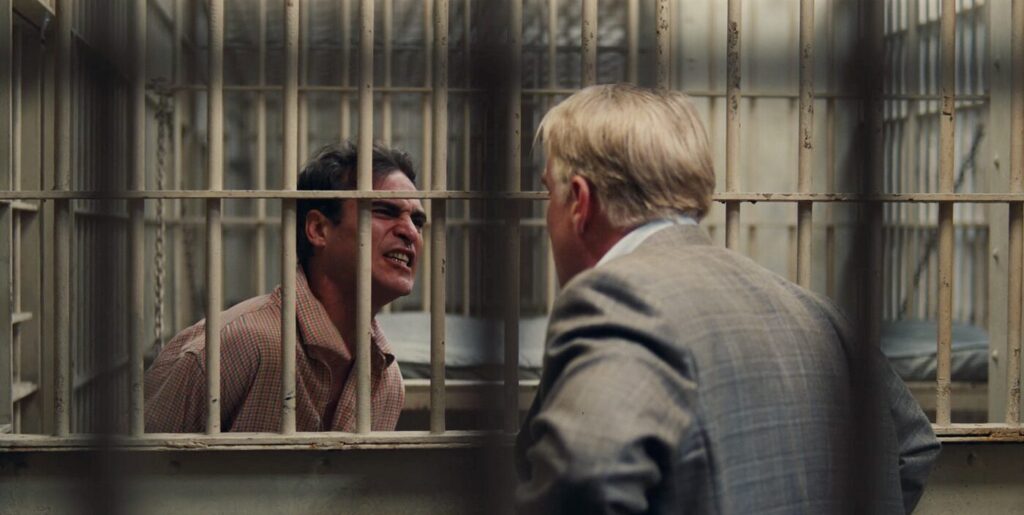
As mentioned above, Anderson combined many different ideas to form the basis of the film. Not sure what form it would take, Anderson wrote many independent scenes before stringing them together with a common thread. Anderson had Philip Seymour Hoffman in mind for Lancaster Dodd since its inception. He went as far as showing Hoffman the script and getting his feedback. In a rare move for an actor, Hoffman suggested that the film focus more on Freddie than Dodd. Initially set to be distributed by Universal Pictures, it was eventually dropped. When it failed to find a distributor, it allowed Anderson time to rewrite. He also worked on the script for his next film, Inherent Vice, while searching for a new distributor.

Despite rumors that James Franco and Jeremy Renner were attached at one point, Joaquin Phoenix was cast as Freddie, his first role since his ill-fated mockumentary I’m Still Here. Before Amy Adams was cast, Reese Witherspoon was considered for the role of Peggy, Dodd’s wife. Witherspoon would later work with Anderson on Inherent Vice. Jesse Plemons, in that phase between Friday Night Lights and movie stardom, and future Oscar winners Laura Dern and Rami Malek rounded out the cast.
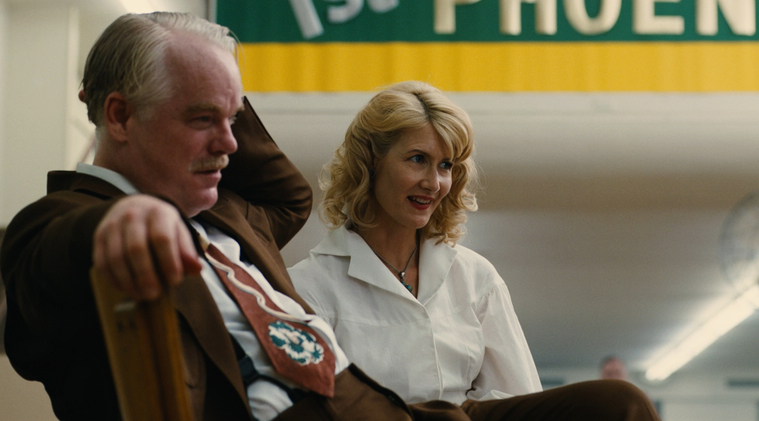

My biggest issue with the film is the writing. Unlike Inherent Vice, where I simply couldn’t follow most of the plot (more on that later), I understood the film and its points; I just found it dull. I thought a few scenes were better than the sum of their parts. The film is at its best when it is a character study of two men: Freddie and Dodd. It’s a perfect marriage of writing and acting. I want to talk about Phoenix first. Phoenix is wholly engrossed in the role of a lost, alcoholic, sex-addicted soldier battling PTSD. To play the role of Freddie, Phoenix lost a significant amount of weight and developed a unique gait and way of speaking. Phoenix threw himself into the role, prompting Anderson to compare him to how Daniel Day-Lewis became Daniel Plainview in There Will Be Blood. Philip Seymour Hoffman, as Dodd, the titular “Master,” gives a tour de force performance. When he is on screen, Hoffman is nothing short of intelligent, sympathetic, and mischievous. He commands the film in every scene he’s in. Amy Adams gives another fantastic performance, as Peggy (does she ever give a bad one?), although it doesn’t quite match the performances of Hoffman and Phoenix.
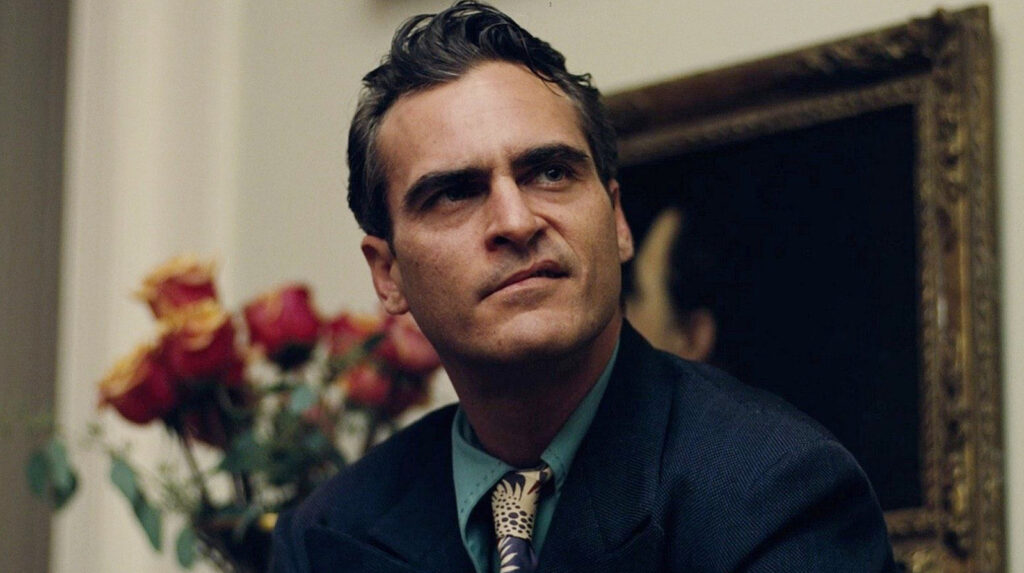
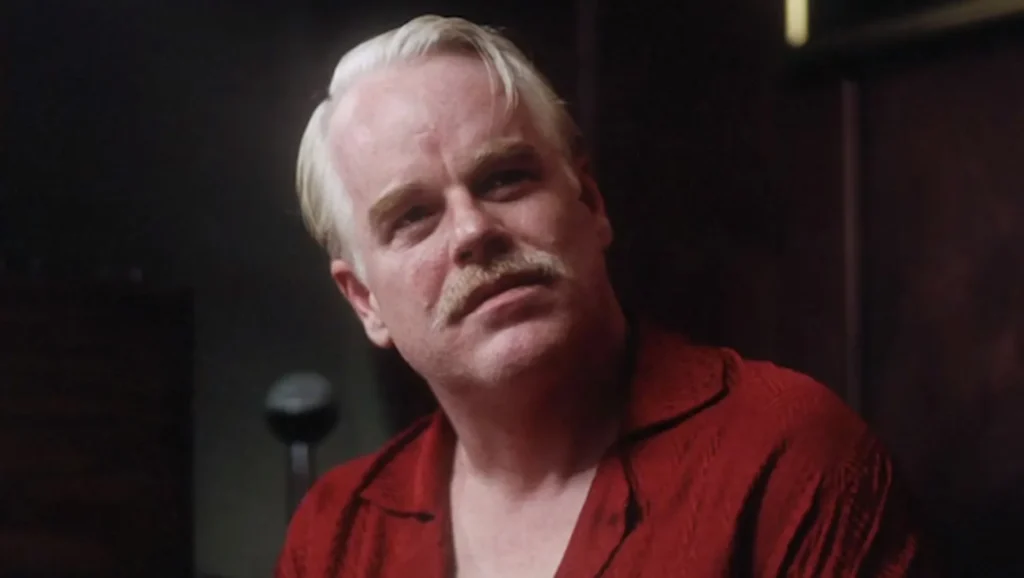
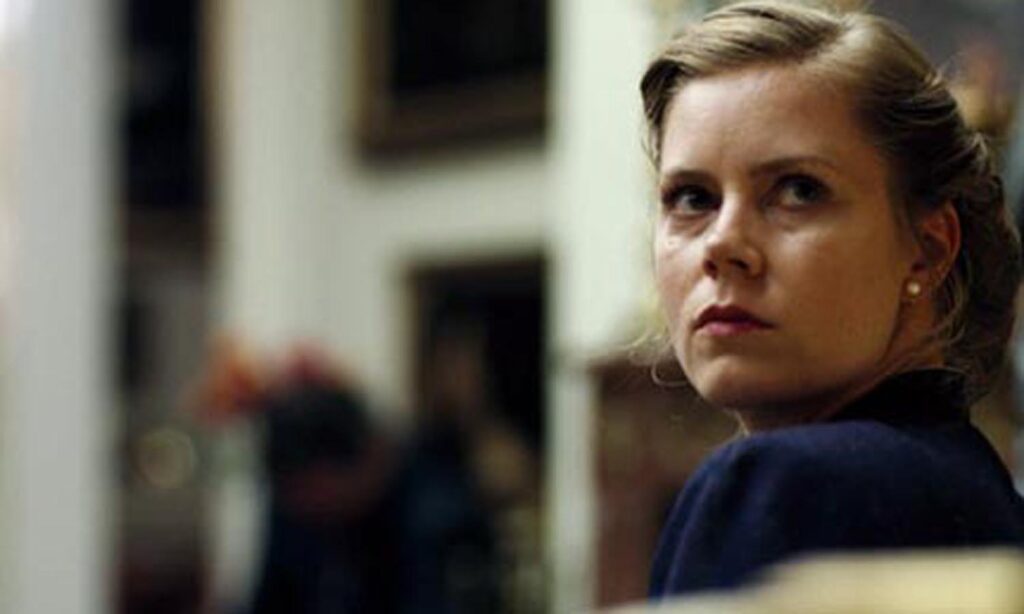
The film secured financing from Megan Ellison’s Annapurna Productions and was released by The Weinstein Company (ugh) in September 2012 to rave reviews. At the 2013 Academy Awards, the film was nominated for three awards: Best Actor for Phoenix, Best Supporting Actor for Phoenix, and Best Supporting Actress for Adams. While Adams is always great, this nomination felt a bit less deserved. The universe would correct this a few years later when Adams failed to receive a nomination for Arrival. While I still think Adams deserves a win from at least one of her six nominations, she stood no chance this year. This was the year Anne Hathaway swept the major awards for Les Misérables.

On the other hand, of Phoenix’s four nominated performances, this is the one I think is his best. Supporting Actor for Gladiator was a nice nomination, but it would never win. Best Actor for Walk the Line stood no chance against the juggernaut that was his future co-star, Philip Seymour Hoffman, in Capote. Even then, I would have to imagine Heath Ledger (Brokeback Mountain) would have been in second place. Like Adams, Phoenix stood no chance of winning. This was the year that Daniel Day-Lewis swept for Lincoln.

Of the nominated trio, Hoffman was the only one with a previous win. As mentioned, he swept the 2006 awards season with Capote. He earned Supporting Actor nominations for Charlie Wilson’s War (the best part of that film, in my opinion) and Doubt (a film I couldn’t bring myself to watch). I think Hoffman also had the best chance of winning. For most years, the Supporting Actor field has been competitive. There is often a frontrunner or maybe two. This year, the race was wide open. Hoffman won the Critics’ Choice Award, Christoph Waltz (Django Unchained) won the Golden Globe, and Tommy Lee Jones (Lincoln) won at SAG. The two other nominees, Alan Arkin (Argo) and Robert De Niro (Silver Linings Playbook), were happy to be invited to the party. Ultimately, Waltz took home the award. Hindsight is 20/20, but knowing now that this would be Hoffman’s last nomination before his tragic death, it would have been a nice send-off if he had won.

Unfortunately, The Master will always be linked, at least in my mind, to Hoffman’s untimely death. Allegedly, he had his first drink in 23 years at the wrap party for the film. This led to a relapse and ultimately, his death from a drug overdose in February 2014. I remember his death well. I was a freshman in high school. He died a few months after Paul Walker and before Robin Williams. Those three deaths shocked me the most. It’s a shame that it took his passing to discover his work. Though it’s a small role, Almost Famous became my formative viewing around age 15-16. It’s ironic that the real-life figure he plays, Lester Bangs, also died of an overdose. Though Mission: Impossible III is far from the best in the franchise, I think Hoffman’s portrayal of arms dealer Owen Davian is menacing. Easily the franchise’s best one-off villain. The breadth of his career is crazy to me. To watch his evolution as an actor is engrossing. I got to witness him playing a prep school brat in Scent of a Woman, take on pivotal supporting roles in The Talented Mr. Ripley and 25th Hour, and Moneyball comedies like Along Came Polly, The Savages, intense dramas like The Ides of March and Before the Devil Knows You’re Dead, and his final roles in The Hunger Games franchise. He’s a once-in-a-generation actor who will be greatly missed. It’s fitting that the one nomination Anderson directed Hoffman to was his best performance in their collaborations.


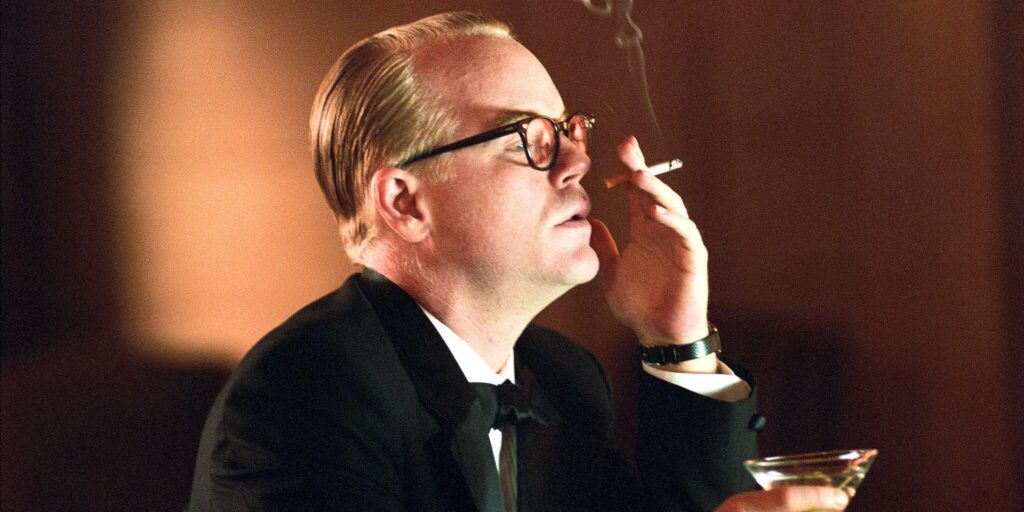
The Master marks a turning point in Anderson’s filmography for me. This is where my interest in his filmography begins to fade. The dull story is elevated only by two stellar, Oscar-nominated performances. His next film, Inherent Vice, unfortunately, continues the trend. More on that film is yet to come. Until next time, thanks for reading.